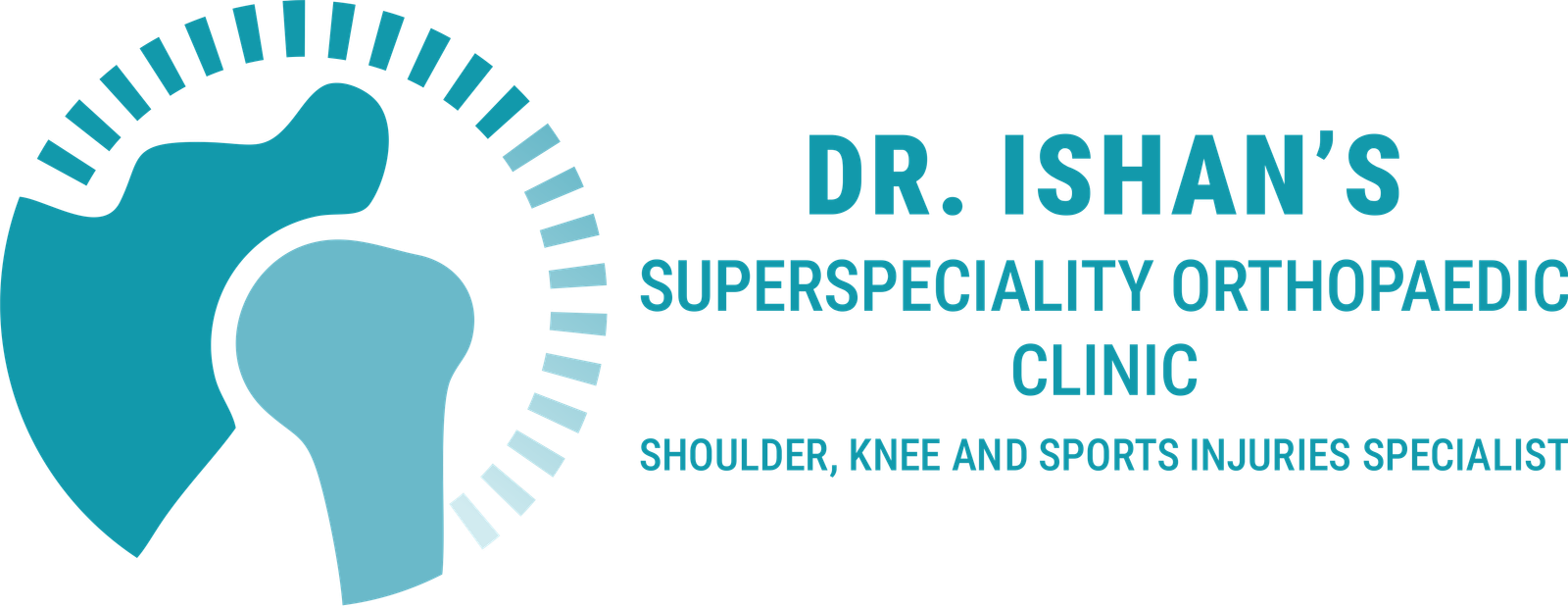A SLAP tear, which stands for Superior Labrum Anterior to Posterior tear, is an injury to the labrum of the shoulder joint. This type of injury can occur due to trauma, overuse, or degeneration. Treatment for a SLAP tear depends on the severity of the tear, the individual’s symptoms, and their level of activity.
Slap Tear Treatment
A SLAP tear (Superior Labrum Anterior to Posterior tear) is an injury to the labrum, which is the cartilage that surrounds the shoulder socket. Treatment for a SLAP tear can vary depending on the severity of the tear and the individual’s symptoms.
A SLAP tear (Superior Labrum Anterior to Posterior tear) is an injury to the labrum of the shoulder, specifically the part that attaches to the biceps tendon. Treatment for a SLAP tear depends on the severity of the tear, the individual’s symptoms, and their activity level.
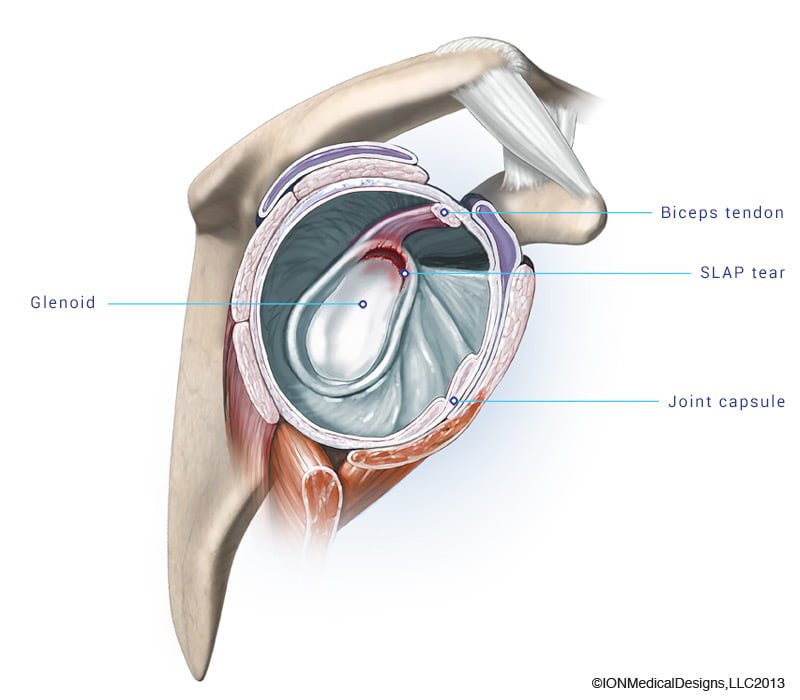
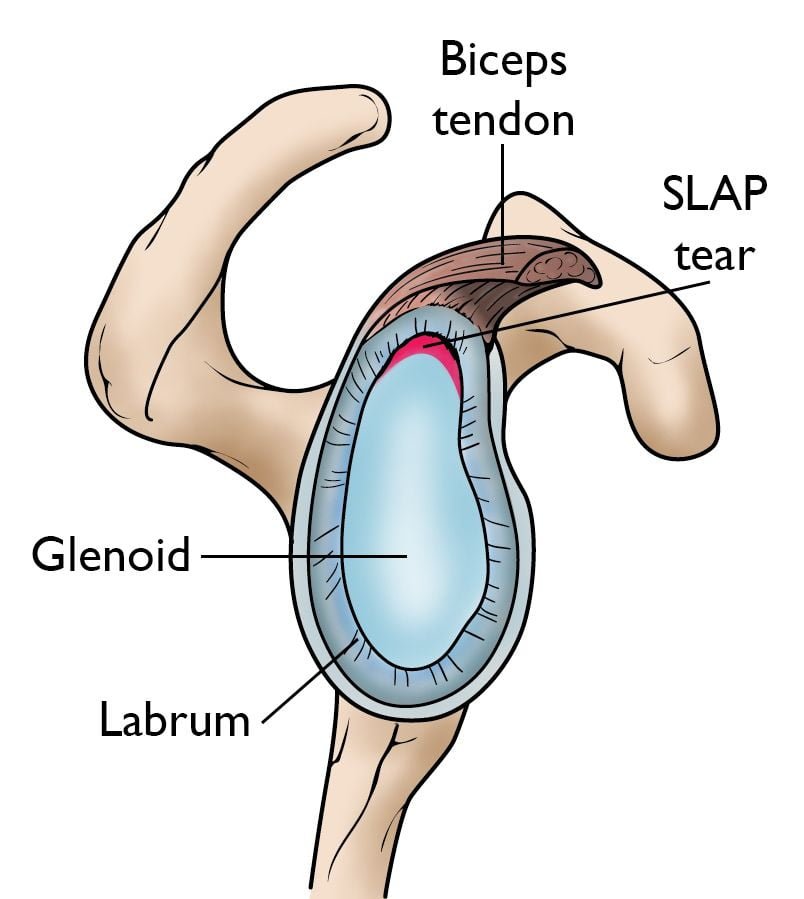
Here are some common treatment options:
- Conservative treatment: In cases where the SLAP tear is minor and not causing significant symptoms, conservative treatments may be recommended. These can include rest, activity modification, physical therapy to strengthen the muscles around the shoulder, and anti-inflammatory medications to reduce pain and swelling.
- Physical therapy: Physical therapy is often a key component of treatment for SLAP tears. It can help improve shoulder strength, flexibility, and stability, which may alleviate symptoms and improve function.
- Corticosteroid injections: In some cases, corticosteroid injections may be used to reduce inflammation and alleviate pain associated with a SLAP tear. However, these are usually used as a temporary measure and not as a long-term solution.
- Surgical intervention: If conservative treatments fail to provide relief, or if the SLAP tear is severe, surgery may be recommended. There are different surgical techniques used to repair SLAP tears, including arthroscopic repair, where small incisions are made and a camera and specialized instruments are used to repair the tear. In some cases, the torn portion of the labrum may need to be removed.
- Rehabilitation: After surgery, a period of rehabilitation is typically required to restore strength, range of motion, and function to the shoulder. This may involve physical therapy and a gradual return to activities and sports.

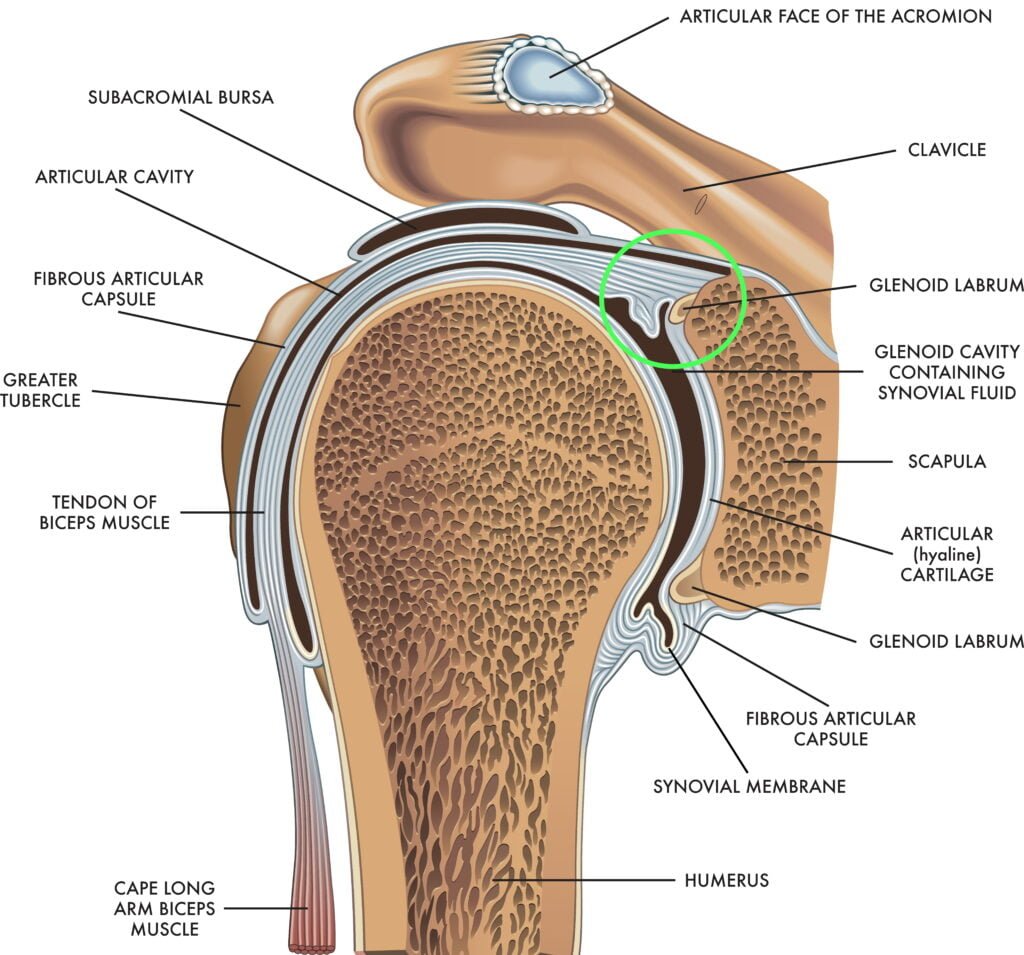
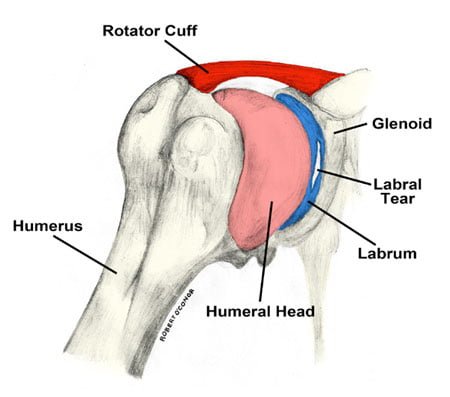
FAQ...
What is a SLAP tear ?
A SLAP tear is an injury to the labrum of the shoulder, specifically the part that attaches to the biceps tendon.
What are the common symptoms of a SLAP tear ?
Common symptoms include shoulder pain, weakness, catching or popping sensations, decreased range of motion, and instability.
How is a SLAP tear diagnosed ?
Diagnosis typically involves a physical examination, imaging studies such as MRI or arthroscopy, and sometimes diagnostic injections to confirm the source of pain.
What are conservative treatment options for SLAP tears ?
Conservative treatments include rest, activity modification, physical therapy, anti-inflammatory medications, and corticosteroid injections.
When is surgery recommended for a SLAP tear ?
Surgery may be recommended if conservative treatments fail to provide relief, or if the tear is severe and significantly affecting shoulder function.
What are the surgical options for repairing a SLAP tear ?
Surgical repair can be done arthroscopically, where small incisions are made, or through open surgery. Techniques vary depending on the extent and location of the tear.
What is the recovery process like after SLAP tear surgery ?
Recovery involves a period of immobilization, followed by physical therapy to regain strength, range of motion, and function. Full recovery can take several months.
What are the potential complications of SLAP tear surgery ?
Complications may include infection, stiffness, persistent pain, re-tears, and nerve or blood vessel injury, although these are rare.
Can SLAP tears occur again after surgery ?
There is a risk of re-injury or re-tear, especially with high-impact activities or if the shoulder is not rehabilitated properly.
What is the long-term outlook for individuals with SLAP tears ?
With proper treatment and rehabilitation, many individuals can experience significant improvement in symptoms and return to their previous level of activity. However, long-term outcomes vary depending on the severity of the tear and individual factors. Regular follow-up with a healthcare provider is important to monitor for any recurrence or complications.
